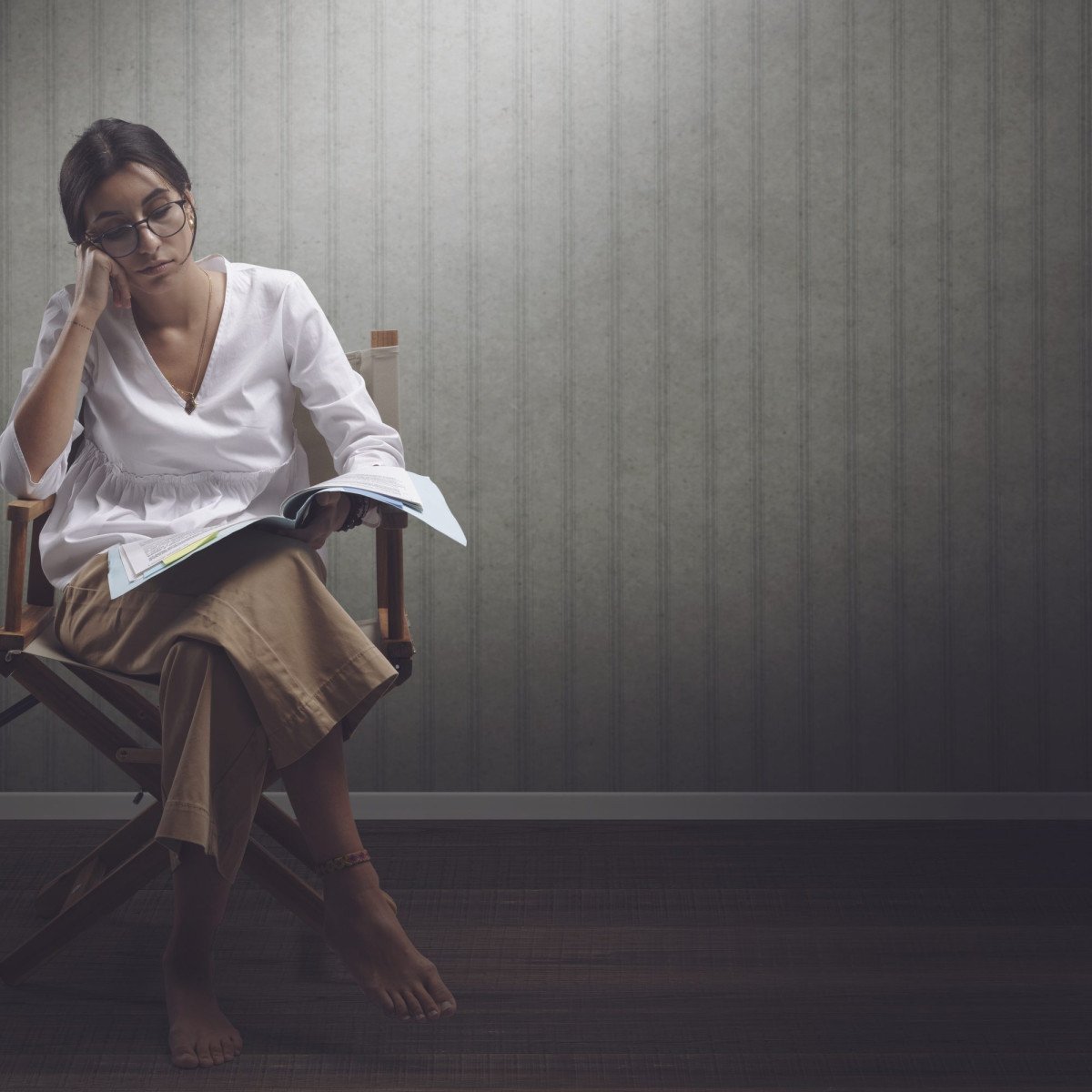Remember countless instances of scrolling through Instagram or leafing through glossy magazines, and stopping dead on that stunning, perfect photo, audibly sighing, ‘Why can’t my pictures look like that?’
Does that hit a chord?
A recent eye-opening survey revealed that over 68% of adults feel the urge to edit their photos before posting them online. There’s an elephant in the room: the widespread practice of image manipulation in contemporary photography. Where do we draw the line between tweaking for enhancement and outright deception? A little blurring here, a splash of more vibrant colors there – it’s hard to pinpoint when the line gets crossed from innocent post-processing to entering the ethically dubious territory.
The Fine Line Between Art & Deception
How many of us recall the uproar around the ‘Photoshop of Horrors’? Yes, I’m raking up the infamous incident of the digitally altered cover image of a popular celebrity. The backlash was swift, yet it brought forth an essential debate about the aerial photography ethics and the ethical boundaries of image manipulation in the broader context of photography.
In this digital age, software like Photoshop and Lightroom are celebrated tools that can often make magic from the mundane. The ‘before and after’ shots can be mind-boggling. But when the ‘after’ shot leans more towards make-believe, doesn’t it grate against the ethic of truthfulness that is intrinsic to the philosophy of photography? As Ansel Adams wisely put it, ‘You don’t take a photograph, you make it.’ But how far can we ‘make’ that image without losing its soul, its authenticity?
The ethical guidelines can be blurry and subjective when it comes to image manipulation, with opinions straddling both ends of the spectrum. Some firmly uphold that the integrity of an image must be maintained, keeping the manipulation to correcting minor flaws, contrast, or color balance – anything beyond that is, to them, a step into unethical territory. Picture it this way, wouldn’t one feel deceived if they bit into a juicy-looking apple, only to find it tastes bland?
On the other hand, many argue that photography, in essence, is art and that an artist has the freedom to mold their aesthetic expression as they wish. In this view, as long as the end result is beautiful and impactful, why should we fuss over the process? It’s not unlike using various brush techniques or color mixing in painting, is it? Yet, others counter-argue that while art is indeed subjective, photography’s unique strength lies in its potential to reflect reality, a quality that risks being compromised with over-manipulation.
Walking the Ethical Tightrope
Clearly, the debate on image manipulation is multilayered, with valid arguments on either side. However, most will agree that deception is the hard line. When photoshopped images misrepresent reality to a degree that proliferates harmful stereotypes or false narratives, we need to question the intent. Regardless of where you stand on the debate, one crucial aspect remains – the importance of a disclosure. Informing the viewer about the degree of alteration can turn the page, fostering transparency and building trust in this captivating world of photography.
So, as you navigate your own photographic journey, consider this: are you enhancing the unfolding scene or are you morphing it into an illusion? The choice is yours. Keep clicking!


0 Comment